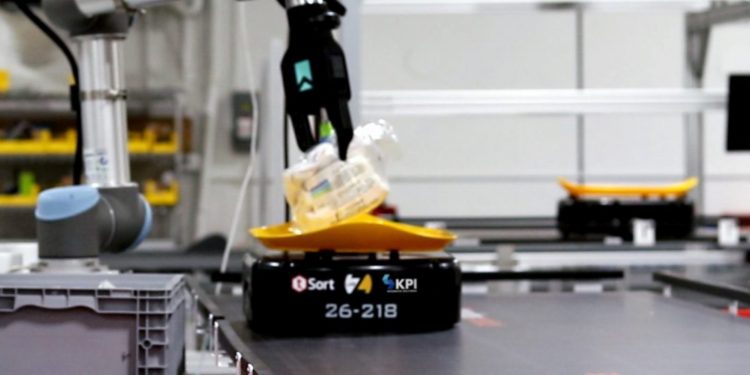Justifying Robotics in Your Operations

You’re considering adding robotics to your operations, which has the potential to be a game changer. But first you need budget approval from the C-suite, and that’s not always an easy task. With the right approach, however, you can justify and secure funding for your new robotic system. Here are the steps to take:
 Identify opportunities—The easy part is pointing to the labor shortage as a good reason behind adding robotics. They replace the three Ds in your operations—dull, dirty and dangerous jobs, which is an easy sell. But to gain even more support for your proposal, you’ll need to find other opportunities to recoup your investment. Think of areas that experience bottlenecks, for instance. How might a robot help that process flow smoothly? What about the employees that are now freed up to apply their skills to other tasks? How can they now create new value for the company? Other important avenues to gather opportunities are to understand C-suite perceptions of problems and gather feedback from front-line operators. Find these opportunities, record them, and then start to prioritize them.
Identify opportunities—The easy part is pointing to the labor shortage as a good reason behind adding robotics. They replace the three Ds in your operations—dull, dirty and dangerous jobs, which is an easy sell. But to gain even more support for your proposal, you’ll need to find other opportunities to recoup your investment. Think of areas that experience bottlenecks, for instance. How might a robot help that process flow smoothly? What about the employees that are now freed up to apply their skills to other tasks? How can they now create new value for the company? Other important avenues to gather opportunities are to understand C-suite perceptions of problems and gather feedback from front-line operators. Find these opportunities, record them, and then start to prioritize them.
Prioritize opportunities—You might have a good list of opportunities teed up, but before you move forward, place them in order of value. Chart them out and compare the effort of the activity with the value they provide. A low effort, high-value activity is low-hanging fruit. If you’ve identified an opportunity that can lead to transformational change and/or a competitive advantage that should be prioritized above the low hanging fruit. The main idea though is to demonstrate the pain points in your operation and how robotics can help solve those issues.
 Investment justification—This is the place to fully sell your project. The big one, again, is savings on labor, but you must consider all costs and benefits. You’ll want to identify what your financial targets are from this project. If you’re investing X amount of dollars and hope for an ROI in three years, solve that for the actual cost. Some factors will be KPIs that are important and not always easy to lend a dollar figure to so don’t leave them out—safety gains, for instance, that keep your employees healthy and on the job. Look also for gains like throughput increases. The more you can push out the door, the more sales the company will have. That’s top-line growth and holds a good deal of appeal. Again, if you’re after a strategic investment for transformational change, you should provide more weight by selling the concept based on the idea of gaining a competitive advantage.
Investment justification—This is the place to fully sell your project. The big one, again, is savings on labor, but you must consider all costs and benefits. You’ll want to identify what your financial targets are from this project. If you’re investing X amount of dollars and hope for an ROI in three years, solve that for the actual cost. Some factors will be KPIs that are important and not always easy to lend a dollar figure to so don’t leave them out—safety gains, for instance, that keep your employees healthy and on the job. Look also for gains like throughput increases. The more you can push out the door, the more sales the company will have. That’s top-line growth and holds a good deal of appeal. Again, if you’re after a strategic investment for transformational change, you should provide more weight by selling the concept based on the idea of gaining a competitive advantage.
When trying to sell a robotics project to your executive team, you’ll want to bring in experts from the robotics industry to help identify all the opportunities the project could present. They can also help you run numbers and consider options like RAAS (robotics as a service) versus capital investment—not all robotics projects need to involve capital investment. Finally, they are experts at helping companies develop the best solutions for specific operations. In some cases, they can provide simulation to demonstrate overall system impact of your robotic proposal and help your audience visualize the value. Don’t forget to seek multiple bids to compare and contrast what each robotics company can offer and which company to ultimately partner with to enable success.
To read more about the Buyer’s Journey:
Robotics – The Buyer’s Journey, Part II
To learn more about The Robotics Group (TRG): https://www.mhi.org/robotics



